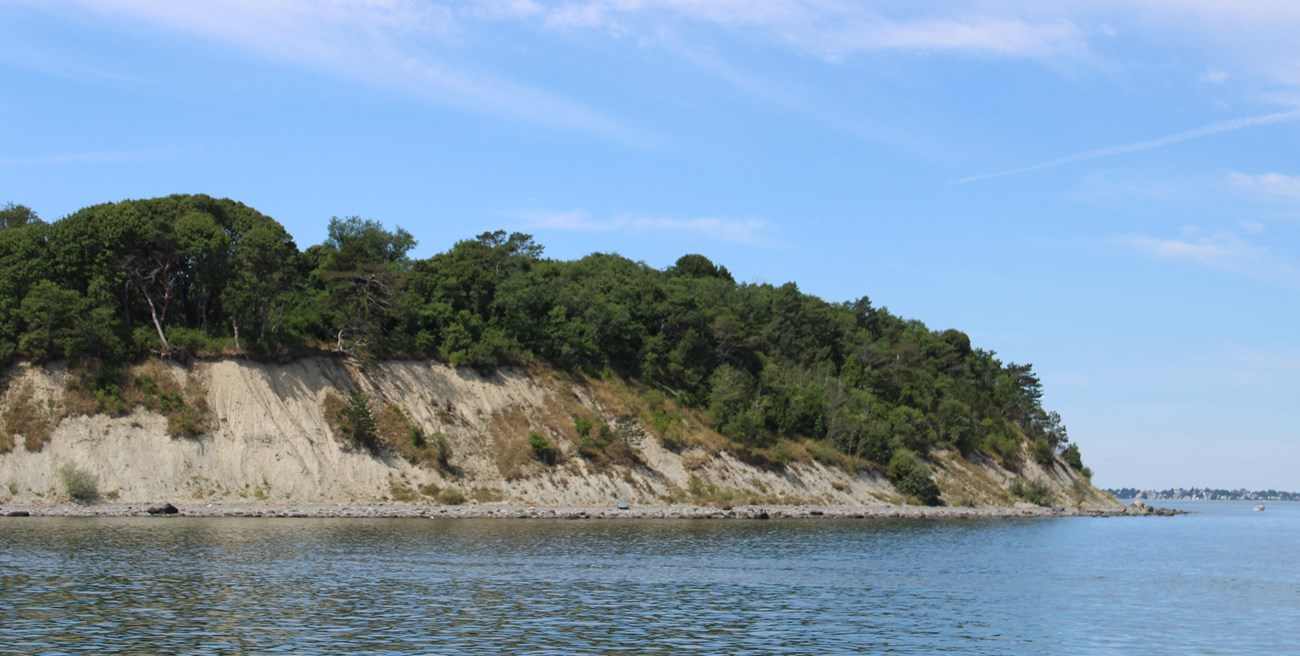
NPS Photo IntroductionBoston is a historic city, and its harbor has an even longer story. What will climate change mean for its future? The harbor islands themselves are the product of a naturally occurring climate change. Boston Harbor and its 34 islands and peninsulas were formed over tens of thousands of years as retreating glaciers carved hills, known as drumlins, into the landscape. New water from the melting glaciers flooded this drumlin field, resulting in the islands dotting our harbor today. Boston’s coastline, like all coastlines, is highly dynamic; wind and water constantly shape and reshape it. Each island provides a variety of valuable habitat for animals and plants, and each island also serves to protect the city from the same conditions that shape them. The human history of the harbor goes back thousands of years. The Massachusett Tribe and other local indigenous tribes accessed the islands in all aspects of life. They hunted and fished here, established agriculture on the islands, and performed fundamental acts of ceremony and celebration. When colonial settlers came to the area, they violently displaced indigenous people and attempted to convert them to Christianity. The islands were used as internment camps starting in 1675 and as many as half of the indigenous people there died of starvation and exposure. In the hundreds of years since, the islands have been sites for military installations, hospitals, trash dumps, and even schools and summer camps. Now, many of the harbor’s islands are showing the effects of human-caused climate change: erosion of steep cliffs and bluffs, crumbling sea walls and buildings, and floods. As sea levels rise and storms become more severe, the erosion of outer islands shows what is to come for the inner harbor. With the erosion of these islands, much is lost from habitat to history. 
Credit: Zoe Hughes ThreatsSea Level RiseOcean levels in Boston Harbor have already risen 10 inches since the start of the Industrial Revolution, and we can expect another two to four feet of sea level rise by the end of 2100. This is incredibly fast – much faster than other times in history when the oceans rose. Rising sea levels will mean that the Harbor islands will shrink in size, reducing the amount of habitat and space for plants and animals that call the islands home. In addition to the islands physically getting smaller, sources of freshwater on the islands are threatened by rising seas. Saltwater intrusion happens when saltwater begins reaching and mixing with areas that usually only receive freshwater, affecting those habitats. As the ocean reaches further and further inland, species that are not adapted to living in saltwater will struggle to survive. Boston Harbor: Sea Level Rise 

Left image
Right image
Storms and Island ErosionRising seas and stronger storms driven by climate change will also exacerbate the erosion of the Harbor islands. The islands protect Boston harbor from stormy seas by blocking and absorbing waves that crash in from the open ocean. As the islands are more and more battered by storm waves, they will erode faster and faster. Many of the harbor islands are already showing battered bluffs and crumbling seawalls. Explore how NPS parks across the region are working together to research the effect of stronger Nor’easters on our landscapes.
Visit our keyboard shortcuts docs for details
Nor'easters are large storms that batter the coast of Acadia National Park, Boston Harbor Islands National Recreation Area, and Cape Cod National Seashore. Discover how these storms influence these parks and how climate change is influencing the intensity and damage of Nor'easters. 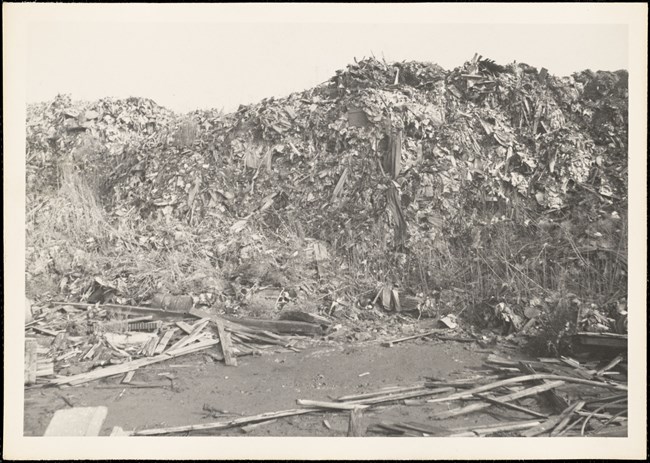
(c. 1939-1947) National Archives, Boston Imagination and CourageThe threats posed by climate change can feel overwhelming and impossible to overcome. However, not so long ago Boston overcame another seemingly insurmountable human-caused environmental threat: the cleanup of Boston Harbor and the restoration of Spectacle Island. The flagrant abuse of the islands and harbor that started with colonists, and continued through industrial and military use, eventually took a toll. By the 1980s, Boston Harbor was deemed one of the dirtiest harbors in the country. Long-time residents of Boston still remember the foul smell of low tide, the brown froth kicked up by passing boats, and trash littering the beaches. It was hard to imagine a thriving Boston Harbor - but in the 1980s, community action forced the City of Boston to begin a massive cleanup effort to reshape the harbor. As part of this effort, Spectacle Island was rehabilitated from a historic trash dump to the park’s most-visited island, hosting over 30,000 people each year. The harbor is now a landscape of sparkling water and vibrant island habitats - though there is still much work to be done. » How can the story of the Harbor cleanup inspire us to imagine a sustainable future in the face of climate change? Climate change is the greatest challenge many of us have faced in our lifetimes. By looking into Boston’s past, we can find a way forward to a future that is healthy and sustainable for all. Acknowledge Harmful BehaviorsFor the first people of the Boston Harbor, the values and actions of colonists and dominant cultures damaged Indigenous cultures, relationships, and ways of life alongside damage to the environment itself. In lower-income Boston communities, social and environmental threats compound to create unhealthy conditions for residents young and old. » What work must be done by residents, organizations, and governments to repair relationships and ensure climate innovation benefits all? There are hundreds of sources of greenhouse gasses in Boston: cars snarled in rush hour traffic, airplanes coming and going to Logan airport, ferries and cargo ships, and more. » How can we reimagine transporting people and goods across Boston and the globe without using fossil fuels? Build meaningful partnershipsThe cleanup of Boston Harbor and restoration of Spectacle Island didn’t happen in a vacuum - it involved many individuals and organizations from across the harbor. From lawyers and activists to park rangers and local government, it took expertise and cooperation from everyone to create meaningful change. The Boston Harbor Islands Partnership is now a thriving cooperative that oversees the park as a whole. The Stone Living Lab partnership includes the National Park Service, Boston Harbor Now, UMass Boston, the City of Boston, and the Commonwealth of Massachusetts. Using Boston Harbor and the Islands as a "living laboratory," researchers are piloting innovative nature-based solutions to help Boston communities adapt to climate change. » How can innovative partnerships spark inspiration and long-lasting change as we adapt to climate change? 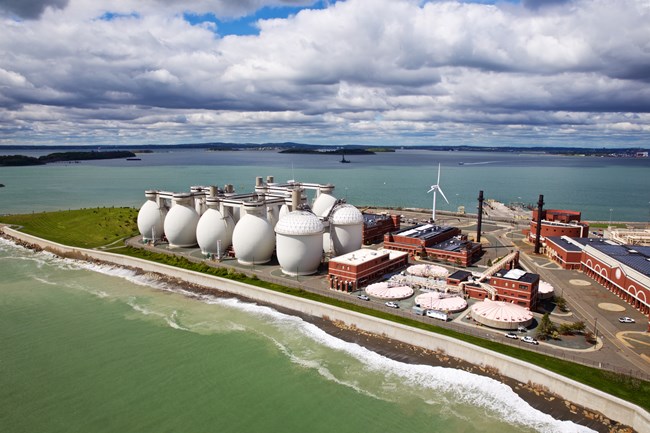
Boston Harbor Now/ L. Cook Innovate solutionsCleaning up Boston’s "Harbor of Shame" and restoring a centuries-old island dump wasn’t something that could be achieved through business-as-usual - it needed imaginative and creative ideas that had never been done before. The Deer Island Wastewater Treatment plant, designed and constructed to redirect and treat wastewater from 43 surrounding communities, is the second largest facility of its kind in the country. When work began on Boston’s central artery project (the "Big Dig") to move the I-93 interstate into a tunnel system below Boston, a stroke of inspiration allowed for some of the extracted soil to be used to cap Spectacle Island and begin restoration. » What ways can we encourage innovation and create brand-new ways to adapt to climate change? ResourcesLearn what NPS, the City of Boston, and park partners are doing to become more climate resilient. 
BOHA Climate Futures Summary
Read the NPS Climate Change Response Program's report on observed climate changes and plausible climate futures for our park. 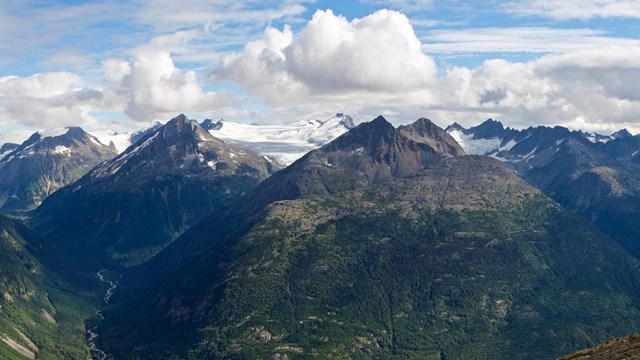
National Park Service & Climate Change
The National Park Service is addressing challenges brought on by climate change through a comprehensive strategy. 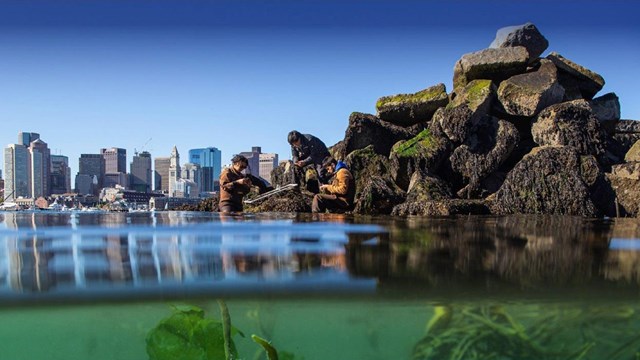
Stone Living Lab
The Stone Living Lab conducts transformative research and outreach to make vulnerable coastal regions adaptive to climate change. 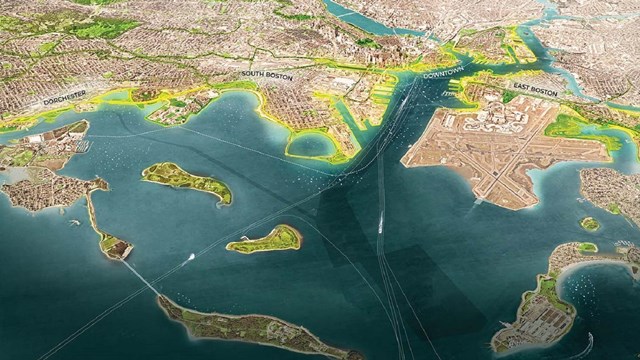
Climate Ready Boston
Climate Ready Boston is the City's initiative to prepare for the impacts of climate change. |
Last updated: September 24, 2025
